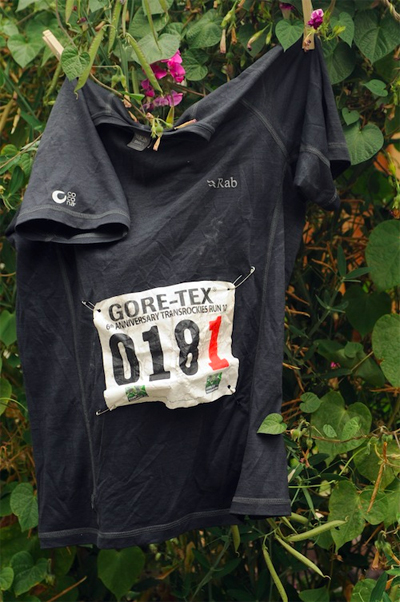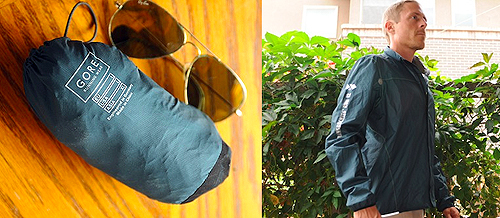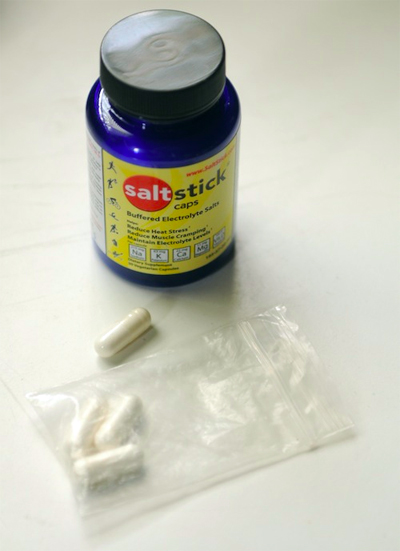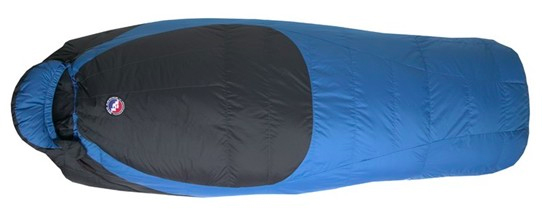High-altitude trails, steep climbs, mountain passes, unpredictable weather, and 120 miles of overall distance covered. . . the GORE–TEX TransRockies Run is among the most serious endurance events each summer in the United States. GearJunkie contributing editor Sean McCoy earlier this month ran the stage race over six days, finishing in less than 24 hours of elapsed time with his teammate Leon Lutz. (See the duo’s race report here.) Below McCoy reports on the gear that helped him run strong to a 12th-place finish overall in the men’s open division.
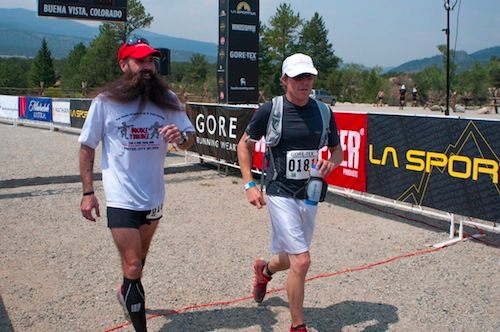
New Balance Minimus 1010 — Leon and I both got our hands on the to-be-released New Balance Minimus 1010 trail shoes. I personally loved them. After a long summer of training runs in the Minimus Trail 10 model, the 1010 was the Goldie Locks shoe for me — “just right” with its blend of minimalism and protection.
The shoe was light and fast, but still protective and supportive enough for the long stages in the TransRockies. It has a bit of heel padding (good for descents!), a flexible sole, and good traction. A rock plate provides protection in the thin, 4mm-drop sole.
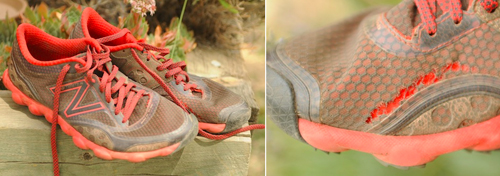
Overall, the shoe ran amazingly but it sadly did not hold up well to the rigors of the TransRockies trail. Both Leon and I discovered significant damage to the uppers by the end of the 120-mile race. To be fair, the trail is super rough, and almost no shoe will escape harm. The Minimus 1010 comes out next year for $110.
Salomon Skin Pro 10+3 vest — This thing is the bomb. It clings to the body with multiple chest straps, holds 50 ounces of water in an included bladder, and is very stable while running. The Skin Pro vest is equipped with a system that uses stiffeners in the bottom of the shoulder straps to wrap the pack around the body. This technology allows the pack to adjust to fit almost any body shape.
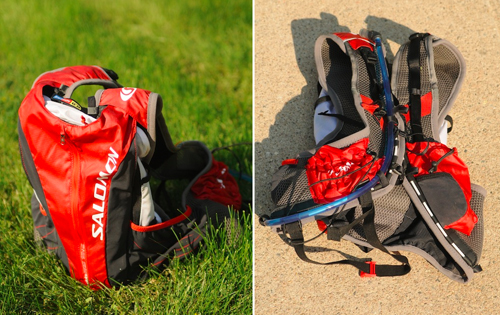
The $150 vest worked well with my 5’8” frame, and I barely noticed the pack even while running at full tilt down steep technical slopes. The pack has plenty of capacity for the essential items on a mountain run as well as pockets on the shoulders straps up front to hold smaller items you need quick access to on the move.
